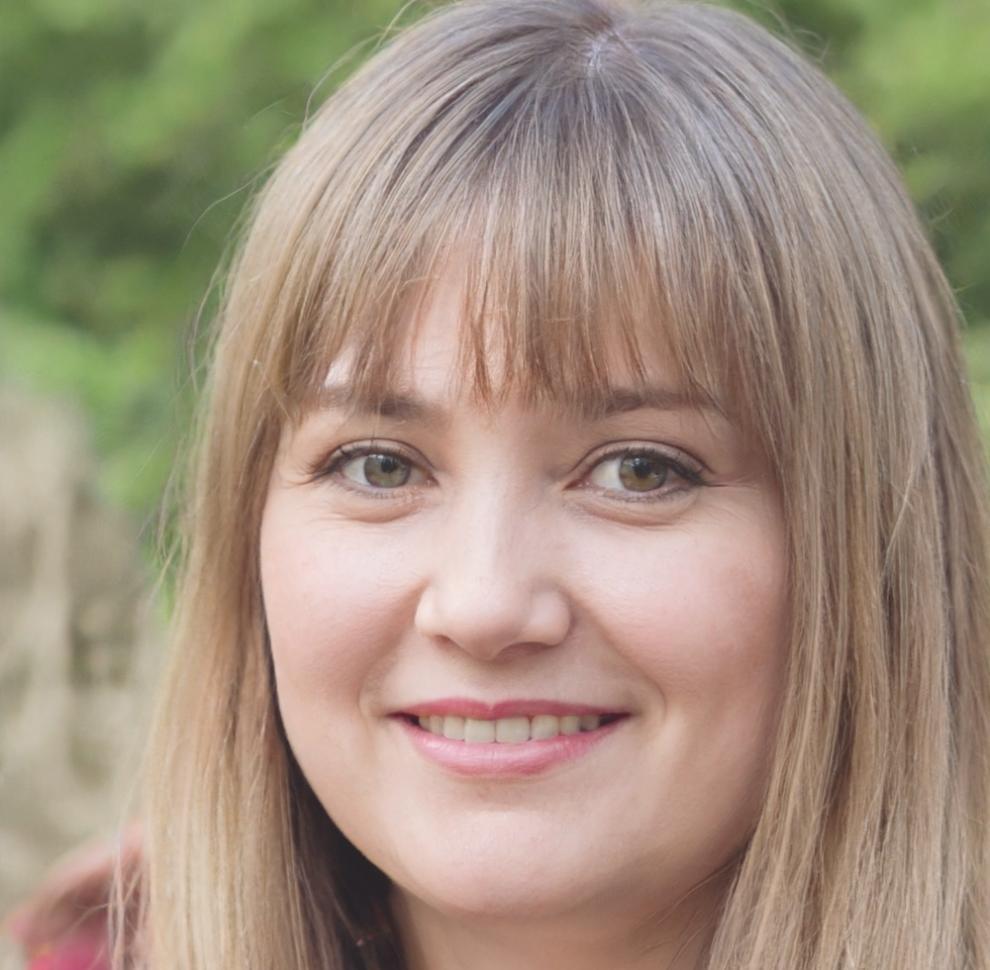How We Started (And Why It Matters)
Back in 2019, most people thought blockchain was just about cryptocurrency. But we saw something different — entire governance systems being rebuilt from scratch. The problem? Nobody was teaching how to actually manage these complex networks.
Our founders spent years working inside major blockchain projects, watching brilliant technology fail because teams didn't understand governance principles. That's when we realized the education gap was massive.
So we built Radianceflash. Not as another coding bootcamp, but as the first dedicated platform for blockchain governance education. We teach the human side of decentralized systems — because technology without good governance is just expensive chaos.
Today, we're proud to have trained over 800 professionals who now lead governance initiatives across Taiwan and Southeast Asia. But honestly, we're just getting started.




